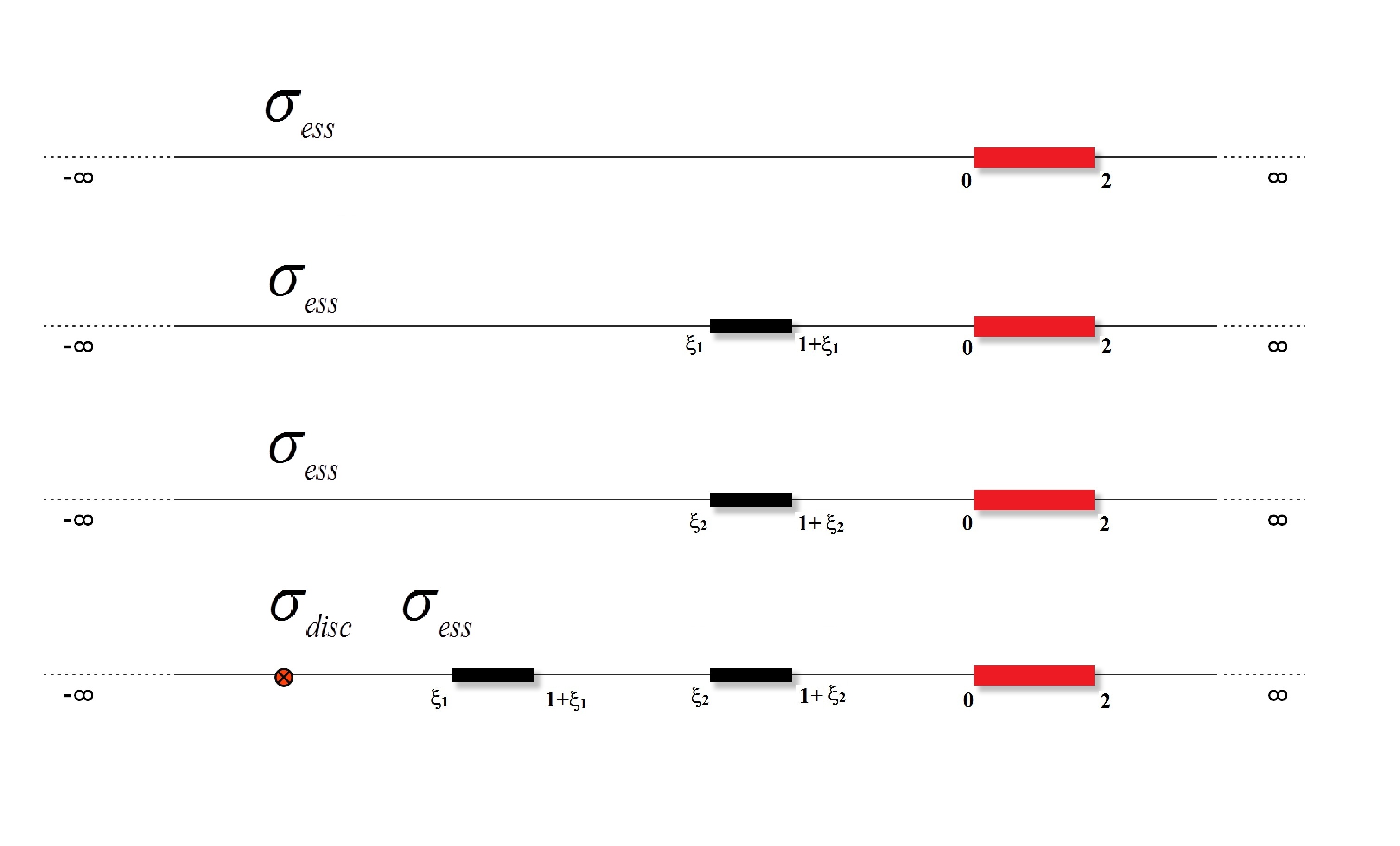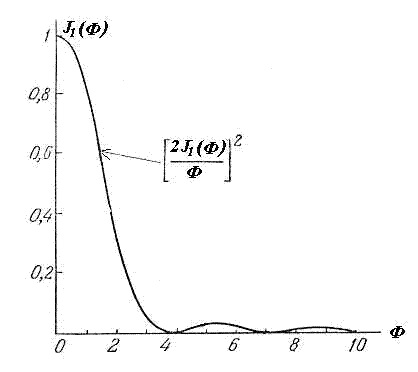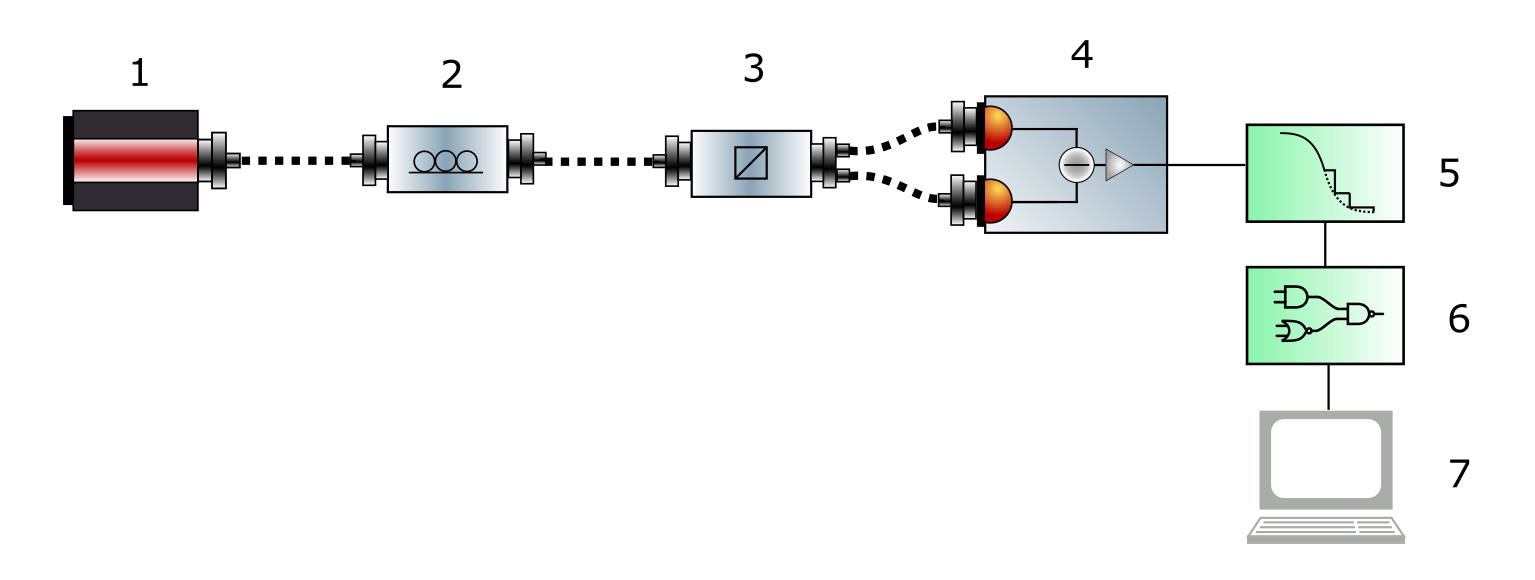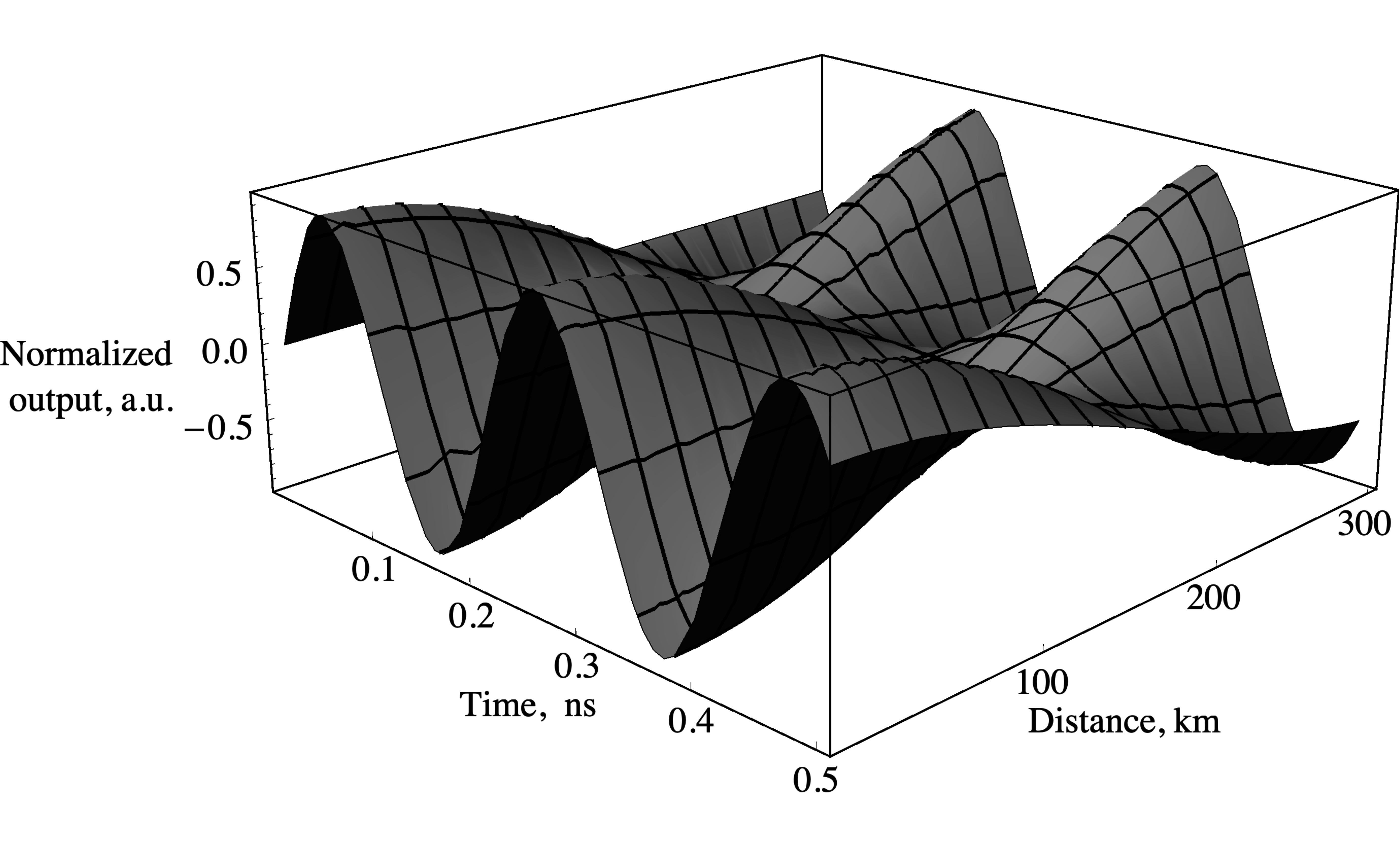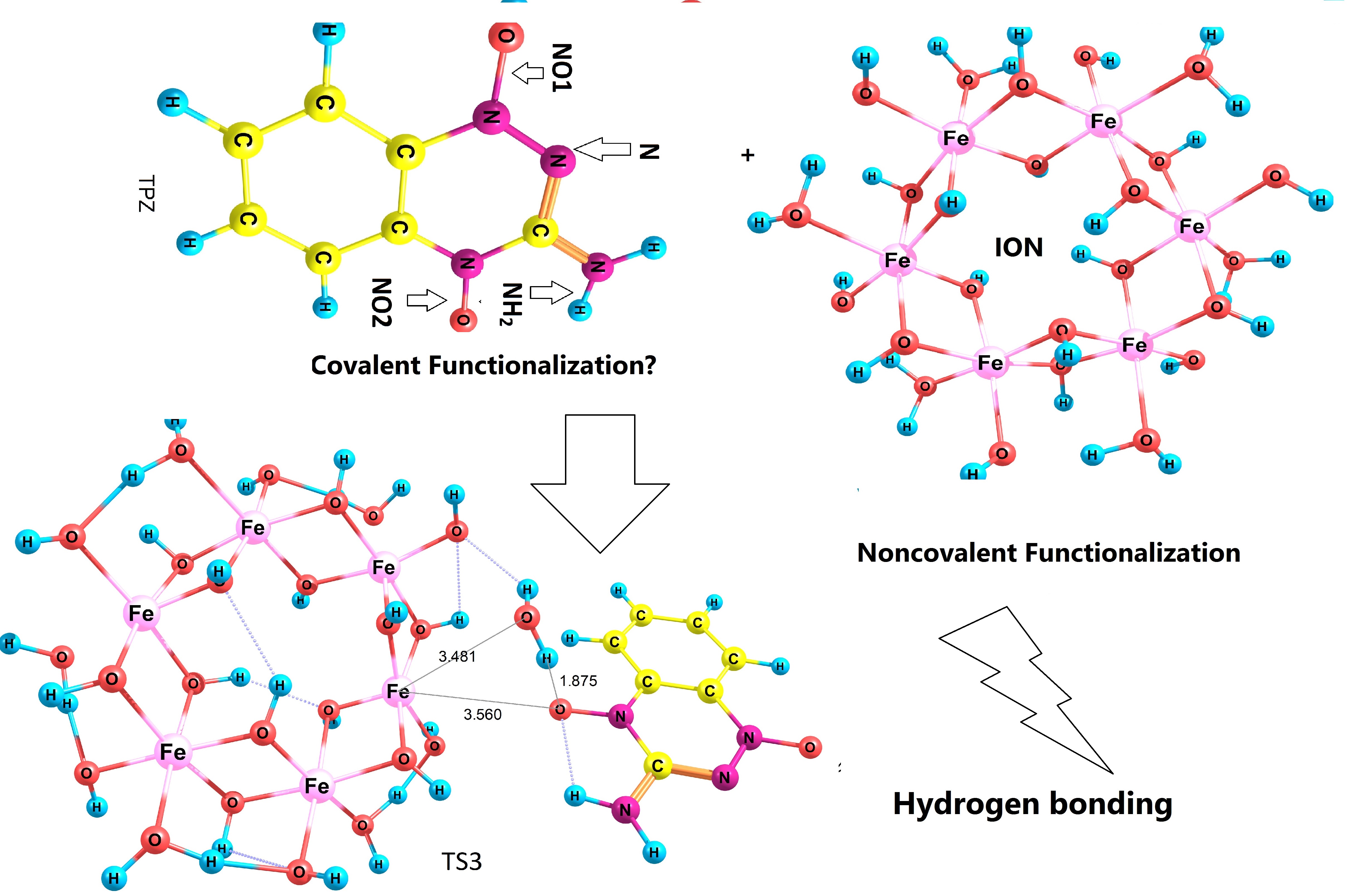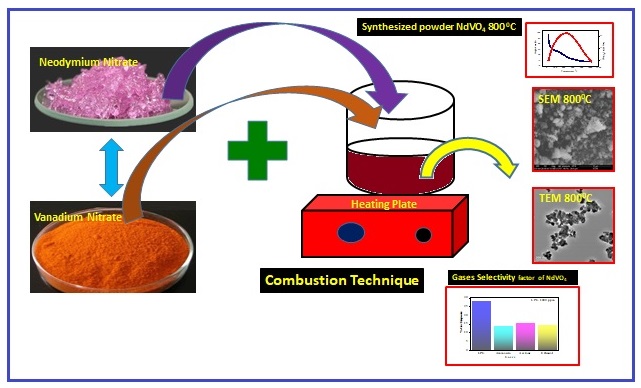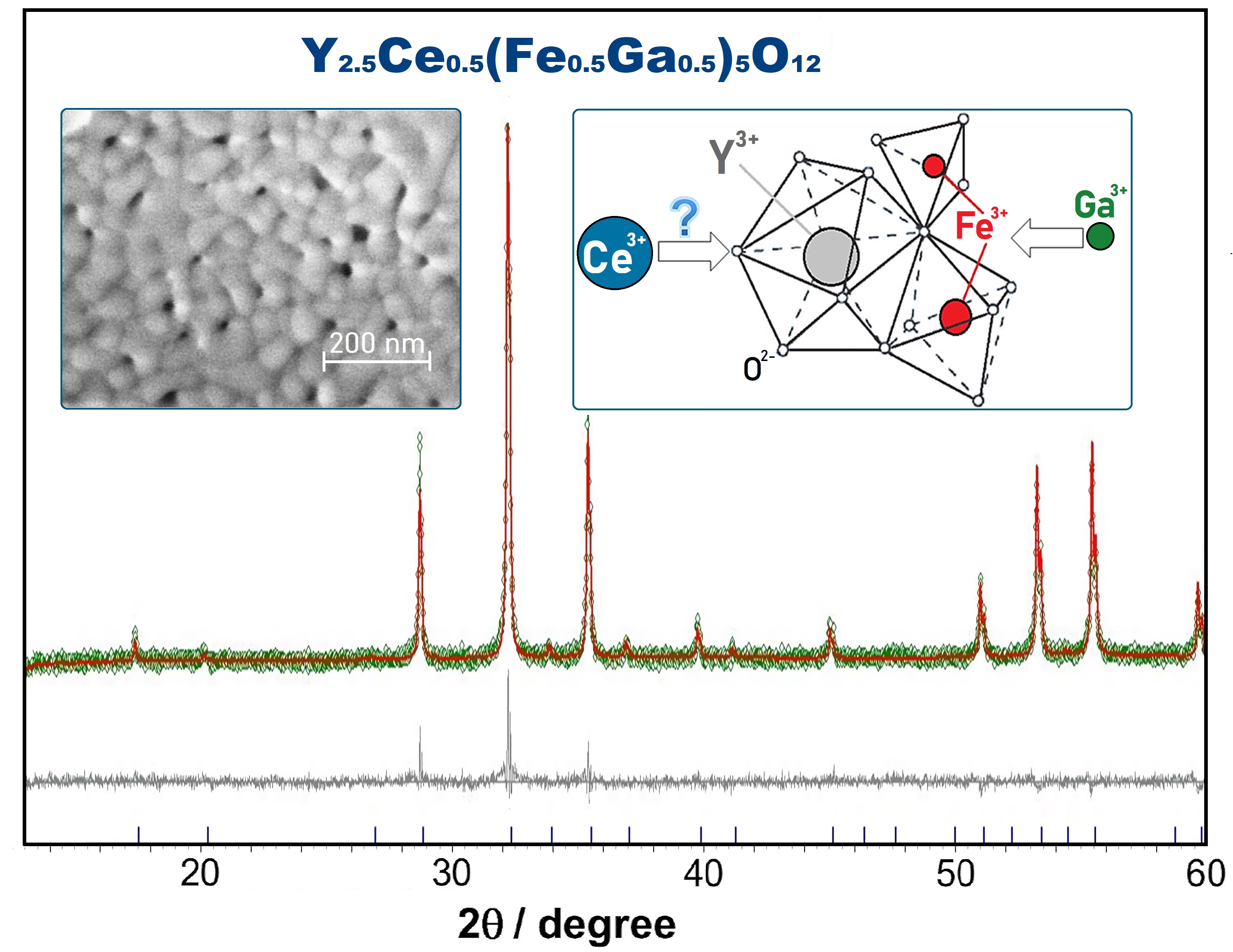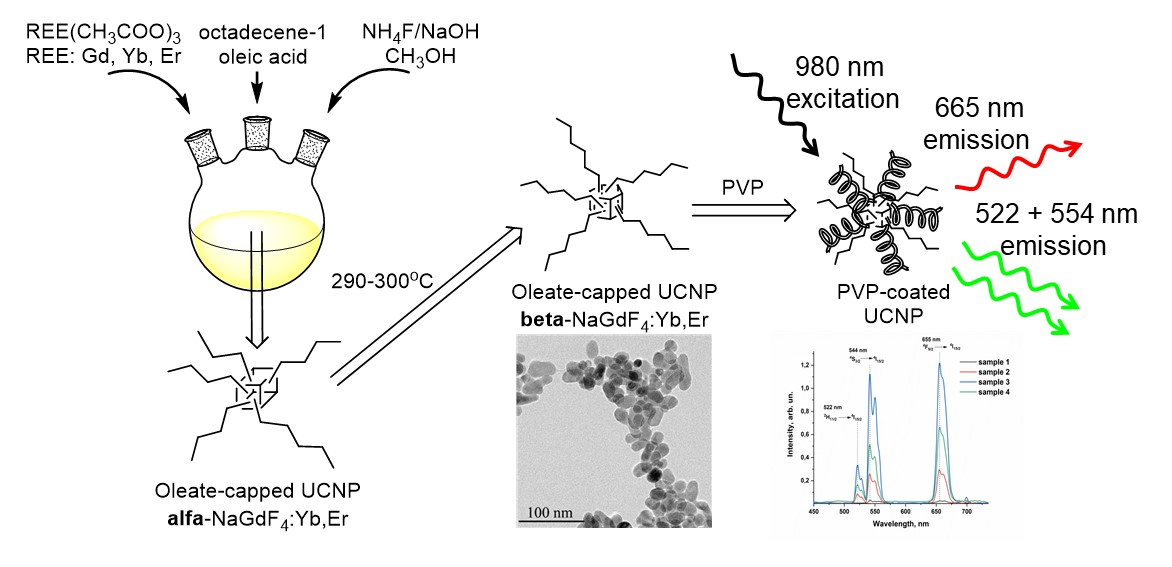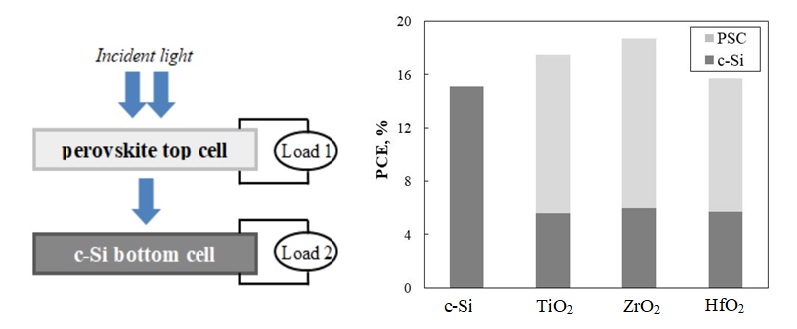MATHEMATICS
The change in the spectrum of the multipliers H0 f (x, y) = xa + yβ f (x, y) and H0 f (x, y) = xayβ f (x, y) for perturbation with partial integral operators in the spaces L2 [0, 1]2 is studied. Precise description of the essential spectrum and the existence of simple eigenvalue is received. We prove that the number of eigenvalues located below the lower edge of the essential spectrum in the model is finite.
Topological indices are extensively used as molecular descriptors in building Quantitative Structure-Activity Relationship (QSAR), Quantitative Structure-Property Relationship (QSPR) and Quantitative Structure-Toxicity Relationship (QSTR). In this paper, Gourava and hyper-Gourava indices are tested with physico-chemical properties of octane isomers such as entropy, acentric factor and DHVAP using linear regression models. The first Gourava index highly correlates with entropy (coefficient of correlation 0.9644924) and the second Gourava index highly correlates with acentric factor (coefficient of correlation 0.962243). Further, Gourava and hyper-Gourava indices are obtained for the line graph of subdivision graph of 2D-lattice, nanotube and nanotorus of TU C4C8 [p, q].
Scattering of plane waves and Gaussian beams by a screen with small opening is considered. The asymptotics far from the obstacle is obtained.
The results can be useful for description of perforated nanolayers and for fitting the model based on the operator extensions theory.
PHYSICS
Experimental implementation of a quantum random number generator based on vacuum fluctuation is presented in this paper. A Y-splitter is used in optical setup of the quantum random number generator. The generation of random numbers in real time with a speed of 300 Mb/s is demonstrated. The conditional minimum entropy is used to estimate the randomness. A cryptographic hashing function is used for post-processing. The resulting sequence has passed DieHard and NIST statistical tests successfully.
In this paper, we investigate the effect of chromatic dispersion on a continuous variable quantum key distribution system with heterodyne detection, in which information is encoded in the sidebands of modulated laser radiation. We consider the system in which a balanced detector output is downconverted to an intermediate frequency and propose a non-standard methods of dispersion compensation using RF phase shifters.
NANOSYSTEMS: PHYSICS, CHEMISTRY, MATHEMATICS
Magnetic nanoparticles are among the most important carriers for the delivery of anticancer drugs. Four important noncovalent interactions between tirapazamine anticancer drug (TPZ) and magnetic nanoparticle Fe6(OH)18(H2O)6 (MNP) have been examined by using density functional theory (DFT). Important interactions are those where the drug approaches the magnetic nanocarrier via NH2 (MNP/TPZ1), NO (MNP/TPZ2-3) and intraring N-atom (MNP/TP4) functional groups. The negative values of binding energies and quantum molecular descriptor showed that these interactions contribute to the stability of the system. By increasing the temperature, TPZ can bond to MNP through NH2 (NH2 mechanism), NO (NO mechanisms) and intraring N-atom (N mechanism) functional groups. The activation parameters of four mechanisms were evaluated using quadratic synchronous transit method. Relative energies indicate that the product of the NH2 mechanism is more stable but is produced more slowly (thermodynamic product). In contrast, the products of the NO mechanisms are kinetic products.
Nanotechnology makes it possible to design advanced materials being able to effectively modulate radiation effects on a cell, depending on the radiation intensity, wavelength, and type. Today, one of the most promising UV and X-ray protective biomaterials is nanocrystalline cerium oxide (CeO2), which has a unique redox activity due to its surface reducibility. Meanwhile, the modulating properties of CeO2 nanoparticles when the cells are exposed to visible light remain completely unexplored. Here, we analyzed the impact of CeO2 nanoparticles on the process of planarian regeneration after exposure to low-intensity green LED light. It was found that a one-time exposure (10 or 25 min) of regenerating planarians with low-intensity green light reduced head blastema growth rate by up to 20%. At the same time, the preliminary treatment of planaria with CeO2 nanoparticles in nanomolar concentrations (10-11 M) ensures the restoration of the neoblasts activity and a significant acceleration of blastema regeneration. Thus, we have firstly demonstrated that the planarian regeneration process can be promoted by cerium oxide nanoparticles even under adverse action of low-intensity green light radiation.
This work first described the new oxidation-reduction route for the synthesis of Zn-doped MnO2 nanocrystals via layer-by-layer method as cathode material for an aqueous zinc-ion battery. The obtained nanolayers were characterized by SEM, XRD, XPS and FTIR spectroscopy. The results show the synthesized nanolayers were formed from two-dimensional nanocrystals Zn0.3MnO2 the thickness of about 3-8 nm and the morphology of “nanosheets” with the birnessite-like crystal structure. Benefiting from the aqueous 2M ZnSO4 electrolyte and Zn0.3MnO2 nanocrystals-based cathode, the zinc-ion battery delivers a high specific capacity (216 mAh/g at 1 A/g) and excellent cycling stability (95% capacity retention after 1000 charge-discharge cycles). The obtained results demonstrate the manganese oxide-based aqueous zinc-ion battery is a promising technology for powering next-generation electronics.
Copper oxide nanoparticles were prepared by five sol-gel methods. The comparative study was made by the characterization such as FTIR, SEMEDX, XRD. Out of these protocols, method five is more suitable and gives more accurate and appropriate results. From the data of EDX it is also found that method five gives higher yields of copper oxide nanoparticles. The efficiency of these nanoparticles as low cost adsorbent for the removal of methylene blue (MB) capacity from aqueous solutions was investigated. The effect of different parameters such as amount of adsorbent, concentration of dye, contact time, pH, temperature were studied the adsorption capacity and adsorption behavior of nanoparticles under various conditions. The experimental isotherm data has been studied. The kinetic study of the adsorption obeys Pseudo-first order model. The thermodynamic parameters namely Gibbs free energy, enthalpy, and entropy have revealed that the adsorption of methylene blue on the nanoparticles are feasible, spontaneous and exothermic.
Semiconductive nanometer-sized NdVO4 was synthesized by a solution combustion reaction of Nd(NO3)3•6H2O, V(NO3)3 and urea as a fuel. The process was a convenient, environment friendly, inexpensive and efficient preparation method for the NdVO4 nanomaterial. Effects of the 800 ◦ C calcining temperature on the phase constituents was characterized by TG-DTA, X-ray diffraction (XRD), which was used to confirm the material’s structure. The as-prepared samples were further characterized by scanning electron microscopy (SEM) equipped with energydispersive X-ray spectroscopy (EDX), and transmission electron microscopy (TEM), to depict the crystallite microstructure. Conductance responses of the nanocrystalline NdVO4 thick film were measured by exposing the film to reducing gases like acetone, ethanol, ammonia (NH3), and liquefied petroleum gas (LPG). It was found that the sensors exhibited various sensing responses to these gases at different operating temperatures. Furthermore, the sensor exhibited a fast response and a good recovery. The results demonstrated that NdVO4 can be used as a new type of gas-sensing material which has a high sensitivity and good selectivity to Liquefied petroleum gas (LPG).
Nanocrystalline Ce-substituted yttrium iron-gallium garnet Y2.5Ce0.5(Fe0.5Ga0.5)5O12 was obtained by a metal-organic gel combustion method using PVA as a fuel with subsequent calcining in vacuum at 700 ◦C. According to SEM and XRD data, an additional heat treatment in air led only to an increase in the crystallinity of the sample. The element composition and the phase purity were confirmed by X-ray fluorescence spectroscopy and X-ray powder diffraction, respectively. Mossbauer spectroscopy on 57Fe nuclei revealed the presence of only Fe3+ ions in the sample, which can be considered as indirect evidence of the absence of tetravalent cerium impurity.
Hexagonal modification e—NaGdF4:Yb:Er with a particle size of 24 nm was synthesized by the solvothermal technique. Concentrated aqueous colloids of nanoparticles were prepared using polyvinylpyrrolidone as the surfactant. The study of the luminescence characteristics for 25 days revealed that the luminescence intensity did not significantly change and hydrolysis of nanoparticles was not observed.
In this work, a series of GdFeO3 nanopowders was successfully synthesized via a reverse co-precipitation technique at different solution temperatures (0, 25 and 50 ◦ C) followed by thermal treatment. Co-precipitated hydroxides and heat treatment products were analyzed using EDXS, DTA-TGA, PXRD, ASA and LD methods. It was shown that the formation temperature of GdFeO3 nanoparticles varies in the range of 737.5758.8 ◦C and total weight loss varies in the range of 23.6-26.4% depending on the temperature of initial solutions. The specific surface areas of nanopowders were found to be strongly dependent on the factor mentioned above and belong to 2.5-16.3 m2/g values interval. The hierarchical structure of the obtained nanopowders was established and the effect of co-precipitation temperature on the average crystallite (21.4-34.3 nm), aggregate (46.2-301.2 nm) and agglomerate (33.5-40.9 pm) sizes was discussed in detail.
The aim of this work was to synthesize of nanostructured MoO3/TiO2-SiO2 composites with hollow spherical shape by thermal decomposition of anion exchangers saturated with Mo7O6-24 ions and treated with the TBT-TEOS sol. The effect of the kinetics (Kissinger and the Metzger-Horowitz methods) of thermal decomposition of resins of porous and gel structures on the size of MoO3 nanoparticles and the strength of MoO3/TiO2-SiO2 spheres was shown. The formation of dense spherical nanostructured agglomerates of the composite is facilitated by reactions occurring at the interface between the phases of cylindrical and spherical symmetry when using an anion exchange resin with a porous structure. The decomposition reactions of the anion-exchange resin of the gel structure, accompanied by random nucleation, lead to the formation of hollow spherical agglomerates of the composite with cracks on the surface. The materials were characterized by DSC-TGA, XRD and SEM.
Nanostructured layers of metal oxides with very large bandgaps (Eg > 5 eV), such as ZrO2 and HfO2, were used as photoelectrodes in semitransparent perovskite solar cells (PSCs) with the device architecture of glass/FTO/c-TiO2/ZrO2 (or HfO2)/CH3NH3PbI3/PTAA/PEDOT:PSS/FTO/glass. The obtained PSCs were used as top elements for manufacturing high-performance four-terminal tandem perovskite-silicon solar cells. The comparative analysis of photovoltaic parameters measured for PSCs, crystalline silicon (c-Si) solar cells and tandem PSC/c-Si solar cells demonstrated that the application of very large-bandgap materials allows to improve the PSC performance and to increase the efficiency of tandem PSC/c-Si solar cell up to ~24% in comparison with a standalone c-Si solar cell.
ISSN 2305-7971 (Online)



